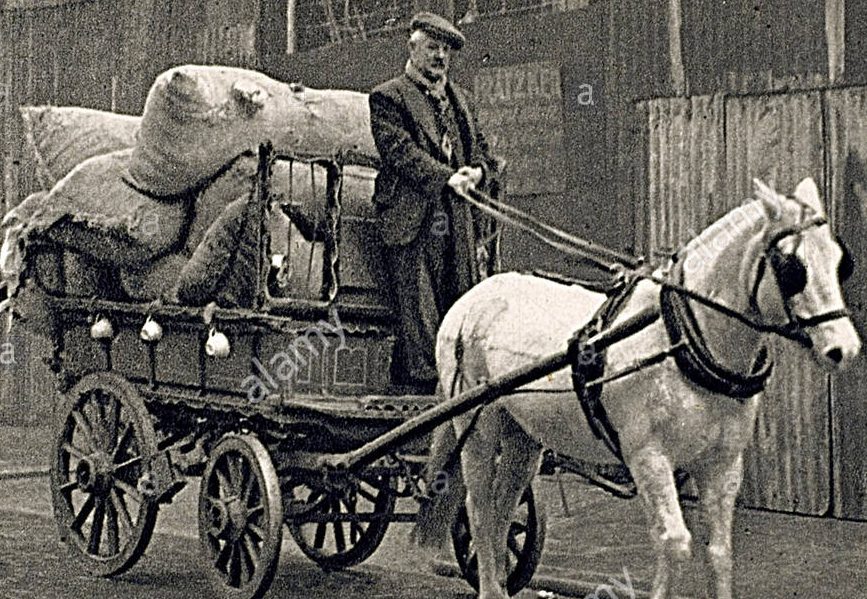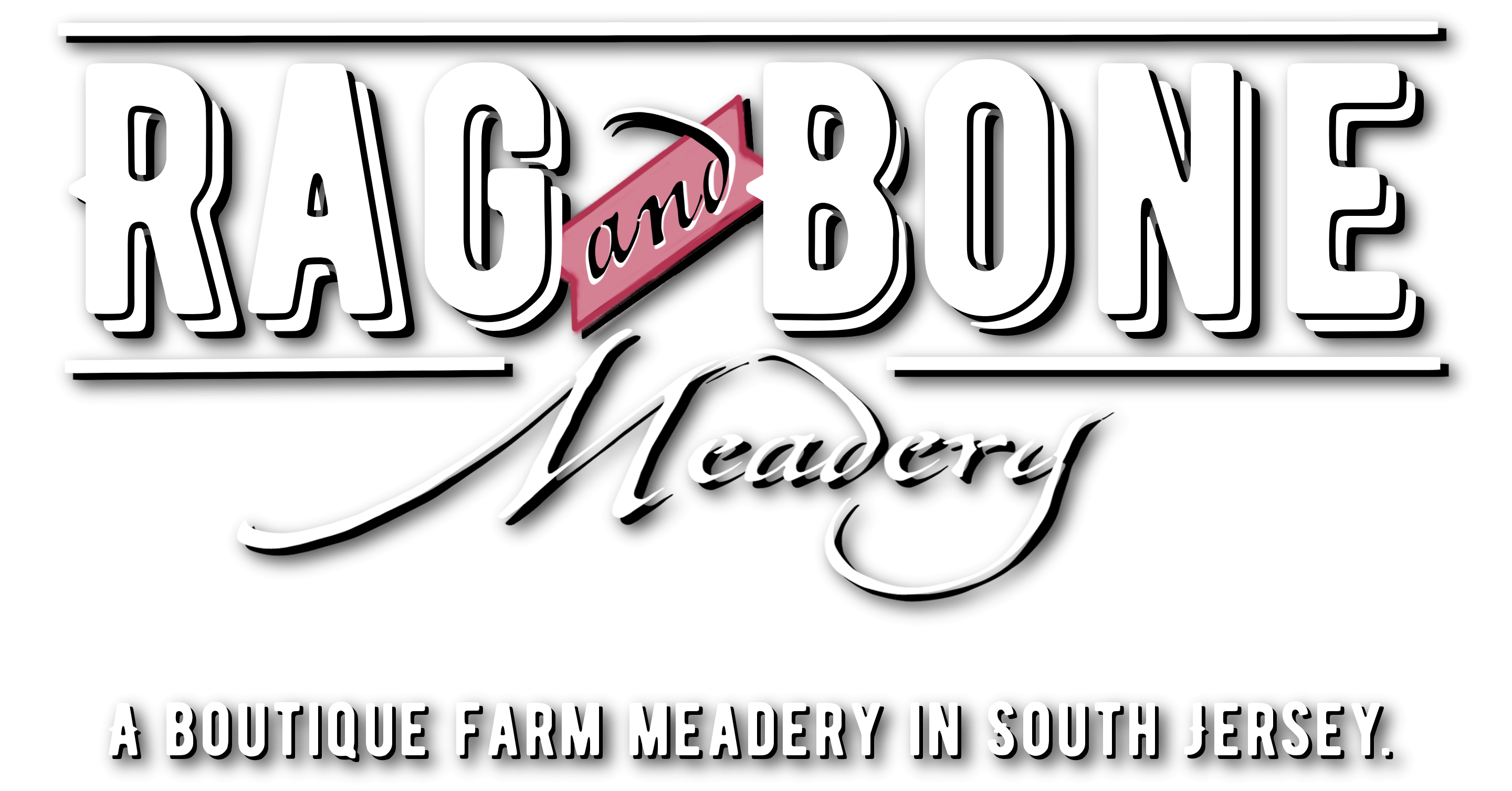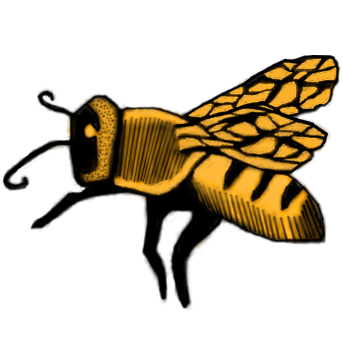Our Story
The desire to make mead came from John’s life in the medieval hobby group the SCA (Society for Creative Anachronism). He had been making wine with his family for years (“the old way”), using the concord grape vine in their backyard, and he wanted to try something new.
And then he met Nina. On their third date he thought it’d be fun to try and make mead together. He had all the ingredients, the tools, the carboys, and all she needed do was show up and be prepared to work.
They loved making mead, and especially making it together. Nina joined the SCA and together they started to research and recreate historical mead recipes. Their love of the craft grew, as did their homebrew space, until they dedicated an entire out-building on the farm to the endeavor. Eventually, their mead making outgrew that as well, and that’s when they began to realize the dream of Rag and Bone Meadery.
In the beginning, when John and Nina were getting to know each other, they discovered that they have a shared family history of being “rag men” (aka “rag and bone” men). They are self-proclaimed “third generation rag men”, meaning that their grandparents and parents sold at flea markets and pedaled all kinds of wares in the NJ markets. Before meeting each other, John and Nina even sold on their own, individually carrying on the rag man tradition. Eventually, they even started selling at the flea markets together–when not doing farm work, making mead, and going to monthly medieval meetups. They found that they are stronger together, and can do anything as long as they have each other.
The name Rag and Bone Meadery is an homage to their families’ legacy, honoring their hard work, and being proud of how far they’ve come.
Definition of a “Rag and Bone” Man:

“A rag-and-bone man…collects unwanted household items and sells them to merchants. Traditionally this was a task performed on foot, with the scavenged materials (which included rags, bones and various metals) kept in a small bag slung over the shoulder. Some rag-and-bone men used a cart, sometimes pulled by a horse or pony.”
Wikipedia

